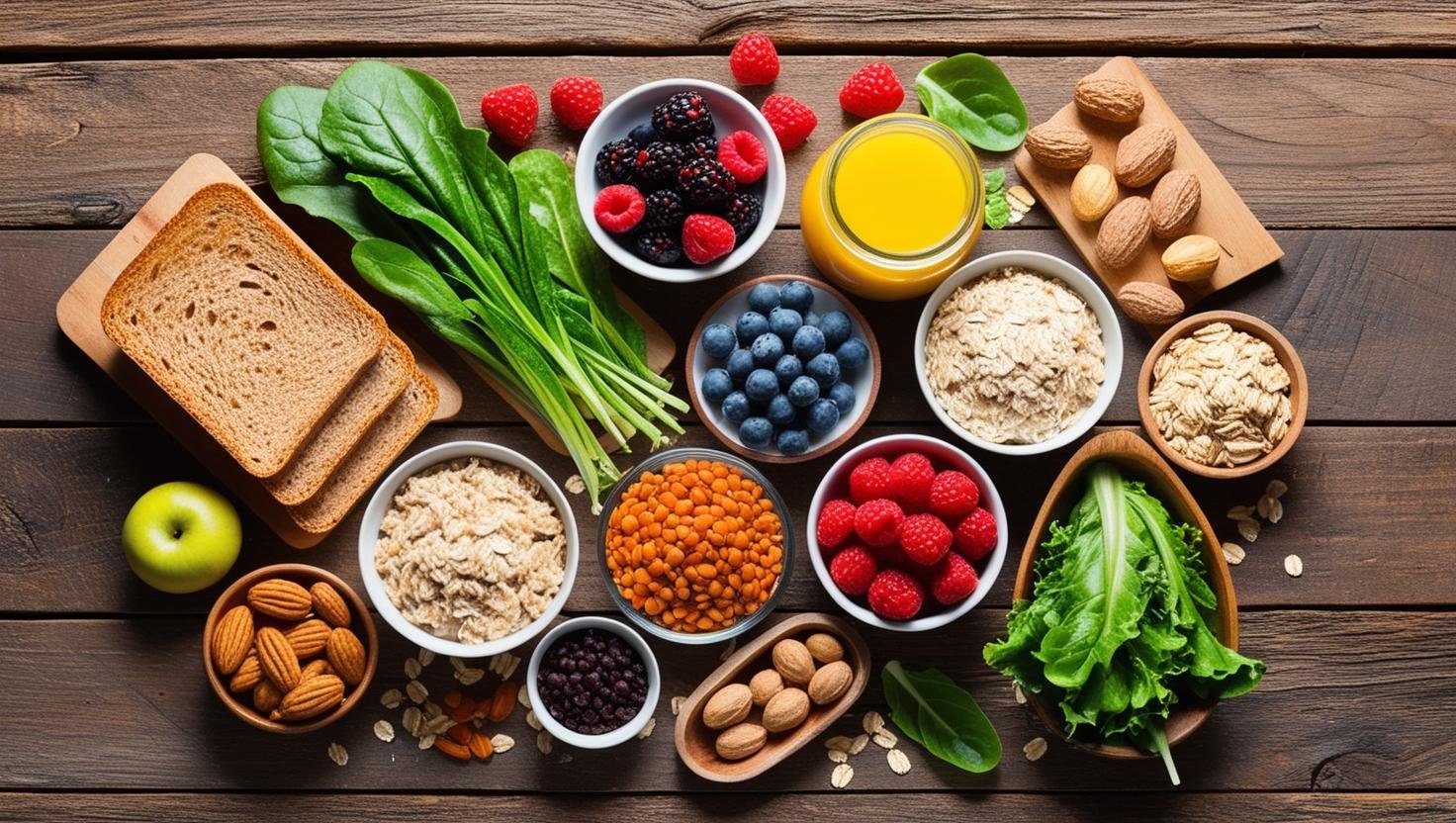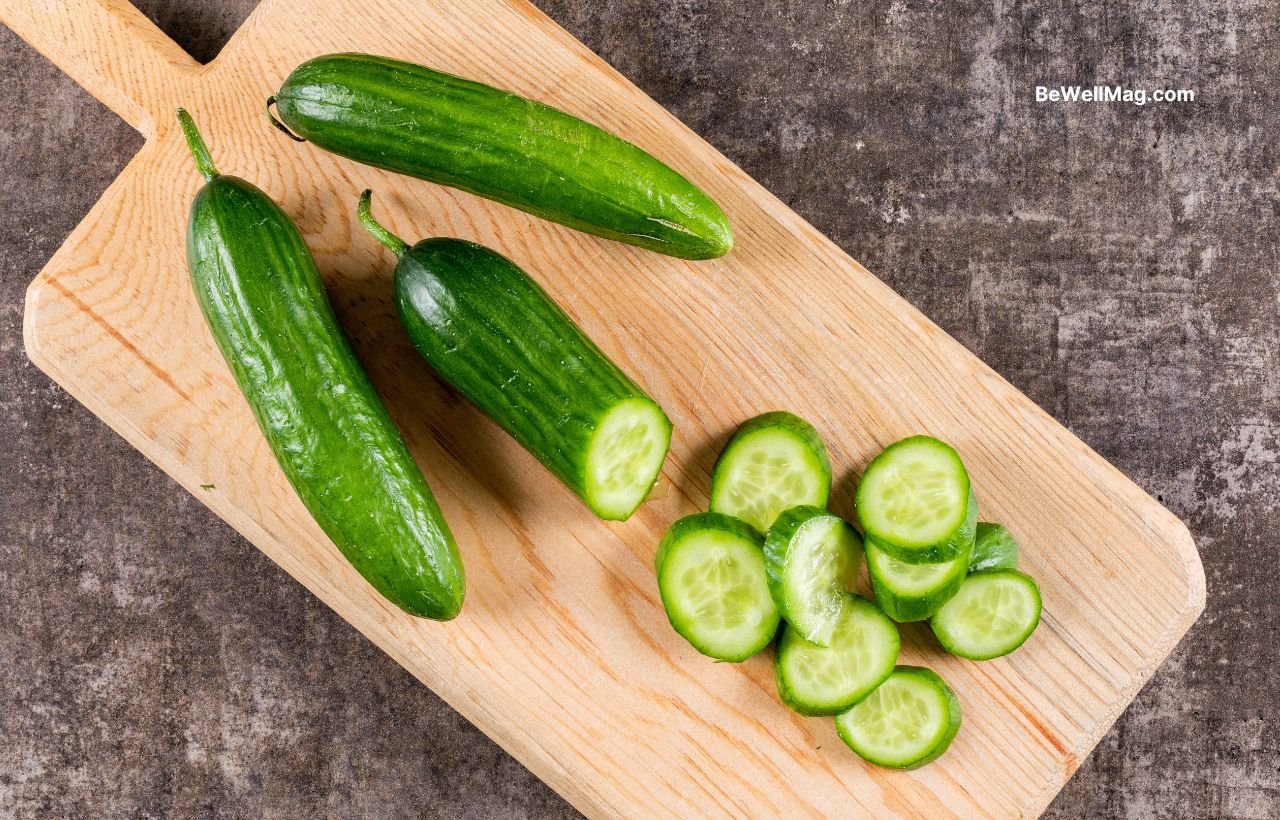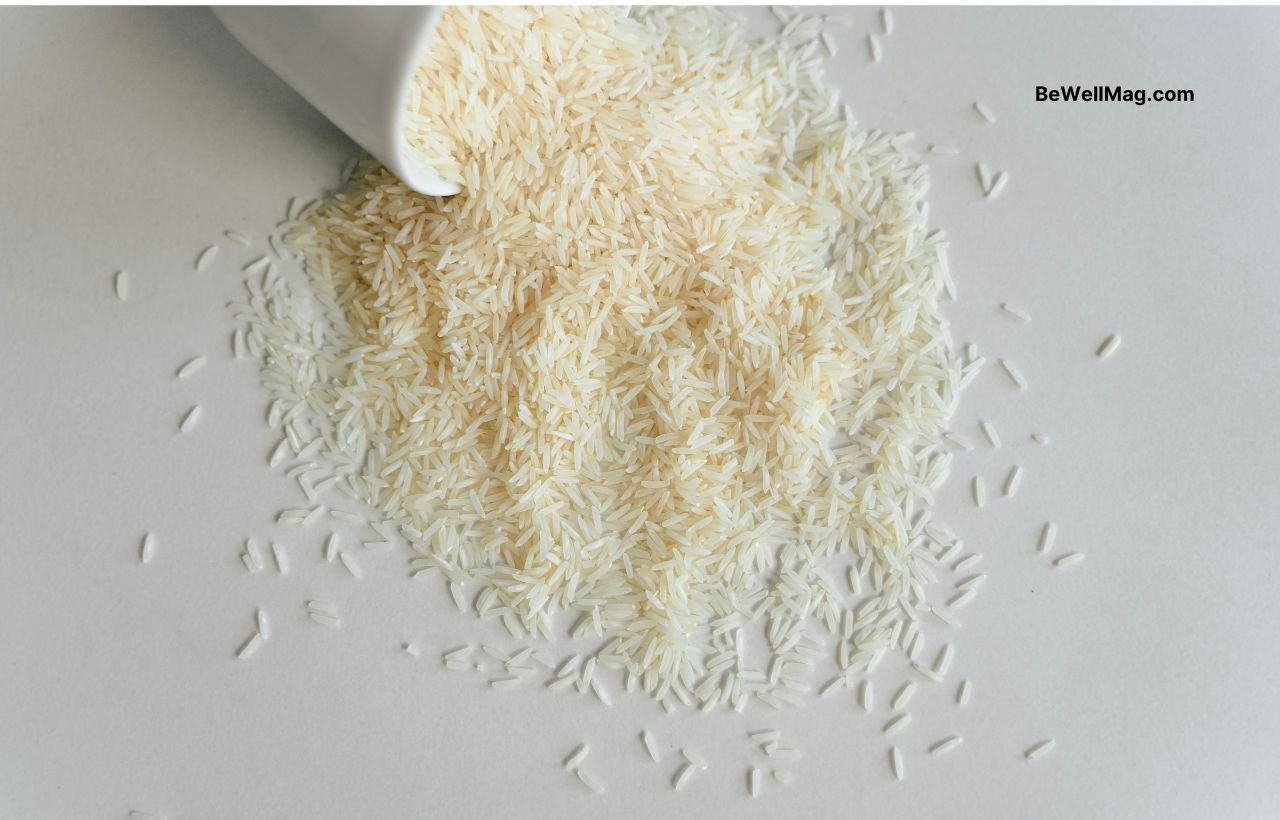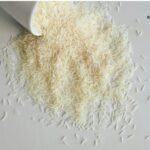Now Reading: 11 Power-Packed High-Fiber Foods That Won’t Wreck Your Carb Count!
- 01
11 Power-Packed High-Fiber Foods That Won’t Wreck Your Carb Count!

11 Power-Packed High-Fiber Foods That Won’t Wreck Your Carb Count!
A precision guide to 11 high-fiber foods with detailed carb, fiber, and net carb data—enhancing gut health while maintaining a low-carb lifestyle.
Table of Contents
Have you ever wondered how you can supercharge your day with high-fiber foods without derailing a low-carb regimen? Picture a morning where each bite not only nurtures your gut but also smartly manages your carbohydrate intake.
Whether you’re diligently counting carbs or simply aiming for a healthier lifestyle, understanding the interplay between fiber and net carbs is essential.
11 High-Fiber Foods – Detailed Carb & Fiber Breakdown
1. Chia Seeds
These tiny seeds are nutritional firecrackers packed with essential nutrients.
- Serving Size: 1 ounce (28 grams)
- Total Carbs: ~12 grams
- Fiber: ~10 grams
- Net Carbs: ~2 grams (12g – 10g)
- Usage Tips: Sprinkle on yogurt, blend into smoothies, or allow them to form a hydrating gel in water.
2. Ground Flaxseeds
Flaxseeds add a nutty flavor while delivering omega-3 fatty acids and lignans.
- Serving Size: 1 tablespoon (7 grams)
- Total Carbs: ~3 grams
- Fiber: ~2 grams
- Net Carbs: ~1 gram (3g – 2g)
- Usage Tips: Mix into oatmeal or smoothies, or sprinkle over salads.
3. Avocado
A creamy fruit that’s as rich in healthy fats as it is in fiber.
- Serving Size: 1 medium avocado
- Total Carbs: ~12 grams
- Fiber: ~10 grams
- Net Carbs: ~2 grams (12g – 10g)
- Usage Tips: Slice over salads, blend into smoothies, or mash as a spread on whole-grain toast.
4. Raspberries
These vibrant berries boast a delicious zing along with a generous fiber profile.
- Serving Size: 1 cup (123 grams)
- Total Carbs: ~15 grams
- Fiber: ~8 grams
- Net Carbs: ~7 grams (15g – 8g)
- Usage Tips: Add to cereals, yogurt bowls, or simply enjoy as a fresh snack.
5. Blackberries
Blackberries are an excellent choice, offering vitamins, antioxidants, and fiber.
- Serving Size: 1 cup (144 grams)
- Total Carbs: ~14 grams
- Fiber: ~7.6 grams
- Net Carbs: ~6 grams (14g – 7.6g)
- Usage Tips: Mix into salads, yogurt, or relish on their own for an antioxidant boost.
6. Almonds
These crunchy nuts provide a balanced mix of protein, healthy fats, and fiber.
- Serving Size: 1 ounce (about 23 almonds)
- Total Carbs: ~6 grams
- Fiber: ~3.5 grams
- Net Carbs: ~2.5 grams (6g – 3.5g)
- Usage Tips: Enjoy raw as a snack, use almond butter as a spread, or incorporate into baked goods.
7. Broccoli
This versatile vegetable is a low-carb champion enriched with vitamins and fiber.
- Serving Size: 1 cup chopped (91 grams)
- Total Carbs: ~6 grams
- Fiber: ~2.4 grams
- Net Carbs: ~3.6 grams (6g – 2.4g)
- Usage Tips: Steam for a side dish, toss into stir-fries, or enjoy raw with a light dip.
8. Brussels Sprouts
These mini cabbages are jam-packed with vitamins C and K and compile a good fiber load.
- Serving Size: 1 cup halved (88 grams)
- Total Carbs: ~8 grams
- Fiber: ~3 grams
- Net Carbs: ~5 grams (8g – 3g)
- Usage Tips: Roast with olive oil, incorporate into salads, or sauté with garlic for a side dish.
9. Cauliflower
A low-carb substitute with enough fiber to take the edge off your hunger.
- Serving Size: 1 cup chopped (107 grams)
- Total Carbs: ~5 grams
- Fiber: ~2 grams
- Net Carbs: ~3 grams (5g – 2g)
- Usage Tips: Use as rice, mash as a potato substitute, or roast as a snack.
10. Artichokes
Artichokes deliver a substantial fiber boost and are renowned for their antioxidant properties.
- Serving Size: 1 medium artichoke (120 grams)
- Total Carbs: ~14 grams
- Fiber: ~6.5 grams
- Net Carbs: ~7.5 grams (14g – 6.5g)
- Usage Tips: Steam the hearts, chop into salads, or blend into healthy dips.
11. Seaweed
A nutritional gem from the ocean, seaweed offers fiber along with unique minerals like iodine.
- Serving Size: 1 cup (seaweed salad, ~100 grams)
- Total Carbs: ~8 grams
- Fiber: ~3 grams
- Net Carbs: ~5 grams (8g – 3g)
- Usage Tips: Sprinkle over salads, incorporate into soups, or enjoy as a snack.
Understanding Carbohydrates & Net Carbs
Before diving into the food list, let’s clarify some key nutritional terms:
- Carbohydrates (Carbs): Carbs are one of the three essential macronutrients and serve as the body’s primary energy source. They include sugars, starches, and fibers. Unlike sugars and starches—which are digested for immediate energy—the fiber in carbohydrates passes largely undigested, providing bulk that supports digestion and overall health. Harvard Health on Carbs
- Net Carbs: Net carbs refer to the total carbohydrates minus dietary fiber (and sometimes sugar alcohols). Since fiber does not significantly impact blood sugar levels, subtracting it gives you the “net” amount of carbs that actually contributes to energy production. This metric is especially useful if you’re monitoring your blood sugar or following a low-carb diet. Diet Doctor on Net Carbs
How These Foods Fit Into Your Lifestyle
Integrating these nutrient-dense options is simpler than you might think. Here are practical ways to harness their benefits:
- Smart Meal Swaps: Instead of traditional carb-heavy sides like rice or potatoes, try cauliflower rice or broccoli “mash” for a healthier twist.
- Nutritious Snacks: Reach for a handful of almonds, or enjoy a mix of raspberries and blackberries when you need a quick, satisfying snack.
- Boosting Breakfasts: Stir chia or flaxseeds into your morning smoothie or cereal to instantly ramp up fiber and omega-3s.
- Creative Cooking: Roast Brussels sprouts with garlic, toss artichoke hearts into your salad, or add seaweed to soups for an exciting flavor and nutritional punch.
Each of these foods not only supports digestive health and blood sugar control but also provides sustained energy—all while keeping your net carb count low.
Key Takeaways
- Clear Definitions: Carbohydrates fuel the body, but subtracting dietary fiber gives your net carbs—the portion that impacts blood sugar.
- Detailed Data: With specific serving sizes and nutritional breakdowns, you can tailor your meals to optimize both fiber and carb consumption.
- Actionable Choices: From chia seeds and avocado to cauliflower and seaweed, these foods allow you to maintain a balanced, low-carb diet without compromising on nutrition.
Conclusion
Balancing fiber intake with your overall carbohydrate goals may seem complex, but the 11 superfoods detailed above make it manageable—and even enjoyable. With precise carb, fiber, and net carb data for each option, you are empowered to craft meals that nurture your gut, sustain energy levels, and support a low-carb lifestyle. Whether you’re swapping out sides or enhancing snacks, these nutrient-packed foods are your allies in achieving better health and wellness.











